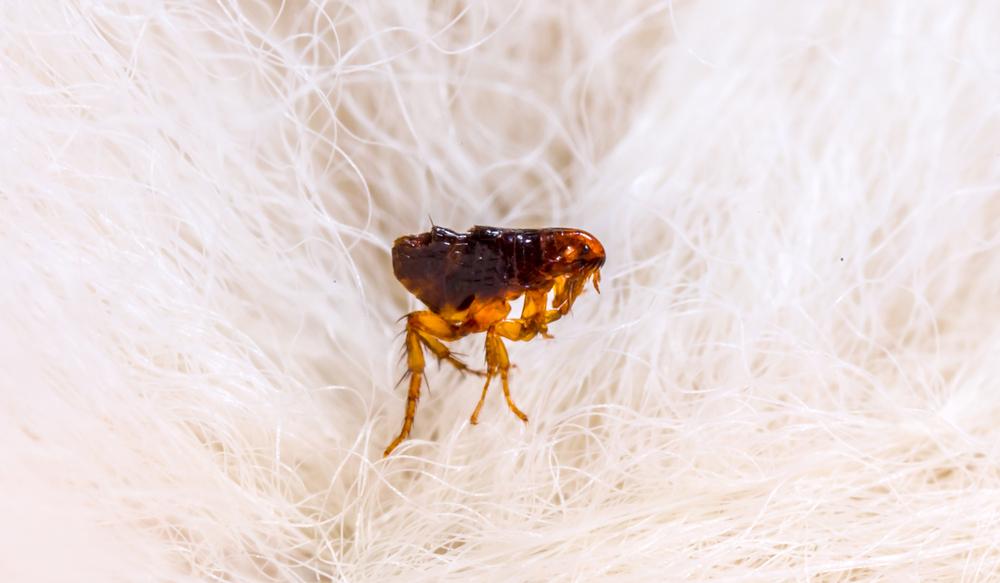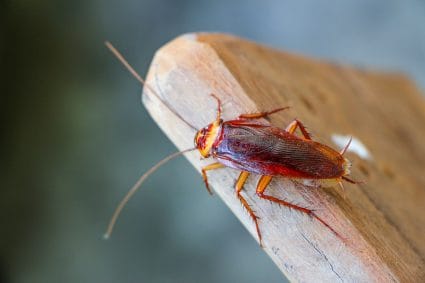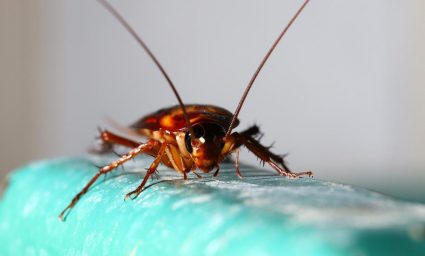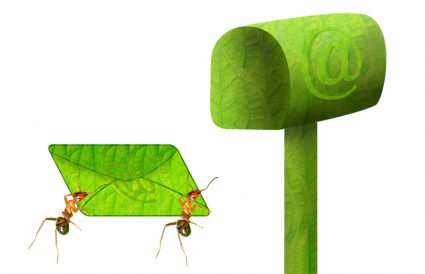
Fleas are a common pest that can cause discomfort and health issues for pets and humans alike. Understanding their life cycle, particularly when they lay their eggs, can help in preventing and managing infestations.
Adult female fleas lay eggs after feeding on the blood of a host. Within 24 hours of their first blood meal, fleas can begin laying eggs at a rate of 40 to 50 eggs per day. On average, a female cat flea lays 20-30 eggs a day. Overall, a female flea can lay around 160-180 eggs during her normal lifespan. The eggs are laid on the host’s skin and in the surrounding environment.
Flea Life Cycle
The lifecycle of a flea consists of four stages: egg, larva, pupa, and adult. Adult female fleas lay eggs after taking a blood meal from a host, such as a dog or cat. These eggs, which make up about 50% of the total flea population, are laid on the host’s skin and in the surrounding environment. The eggs hatch within 1 to 10 days, depending on environmental conditions like temperature and humidity.
After hatching, the fleas enter the larval stage, during which they feed on organic debris and flea feces to continue their development. The larval stage lasts from 5 to 20 days. Once the larvae have fed enough, they spin a cocoon and enter the pupa stage. The cocoon protects the pupa from environmental conditions and insecticides for several days or weeks until adult fleas emerge. The pupal stage can last from 5 to 10 days under warm and humid conditions, but it can also last for months if the conditions are not ideal.
Adult fleas emerge from the cocoon when stimulated by physical pressure, carbon dioxide, or heat. They can only survive for a few days without feeding, but once they feed, adult fleas can live up to 9 months. Adult fleas begin laying eggs within 24 hours of their first blood meal and can lay up to 40 to 50 eggs per day.
When Do Fleas Lay Eggs?
Adult female fleas lay eggs after feeding on the blood of a host. A female flea can lay between 4 to 8 eggs after a meal, and within 24 hours of its first blood meal, a flea can begin laying eggs at a rate of 40 to 50 eggs per day. On average, a female cat flea lays 20-30 eggs a day, with a maximum of 46.3 eggs a day observed in one case. Overall, a female flea can lay around 160-180 eggs during her normal lifespan.
Conditions for Flea Egg Laying
Fleas require a blood meal, a host, suitable temperature and humidity, and shaded and protected locations to lay and develop their eggs. Flea eggs require a warm and moist environment to develop, with optimal conditions being between 70-85°F (21-29°C) and 70% humidity. The eggs can hatch within 1 to 10 days, depending on the temperature and humidity of the surroundings.
Preventing Fleas from Laying Eggs
Preventing fleas from laying eggs involves regular home cleaning, washing pet bedding and linens, maintaining your yard, grooming and bathing your pets, using flea prevention products, inspecting new pets and items, and initiating flea control before flea season.
Eliminating Flea Eggs
Eliminating flea eggs involves treating your pet, cleaning your home, using flea control products, natural remedies, and maintaining a clean environment.
Signs of Fleas on Pets
Signs of fleas on pets include excessive scratching, red pimples or bumps, constant itching or scratching, irritated skin, flea allergy dermatitis, flea dirt, flea eggs, tapeworms, and behavioral changes.
By understanding the lifecycle of fleas and when they lay eggs, you can take effective steps to prevent and eliminate flea infestations in your home and on your pets.
Frequently Asked Questions
What are some effective flea control products?
There are numerous flea control products available on the market. This includes oral medications, topical treatments, flea collars, shampoos, and sprays. Some popular brands include Frontline, Advantage, and Capstar. Always consult with your veterinarian to choose the most appropriate product for your pet.
How can I identify flea eggs?
Flea eggs are very small (about 0.5mm), oval-shaped, and white to clear in color. Because of their size and color, they can be difficult to see, especially on a pet with light-colored fur. They are often found in clusters in your pet’s fur, bedding, or favorite resting spots.
What is flea allergy dermatitis?
Flea allergy dermatitis is an allergic reaction to flea bites. It causes severe itching and inflammation in pets. Affected pets may scratch and bite their skin excessively, leading to hair loss, sores, and secondary skin infections. Consult with a vet if you suspect your pet has flea allergy dermatitis.
When is flea season?
Flea season typically starts in spring and lasts until early winter. However, in warm and humid climates, fleas can be a problem year-round.
Can humans get infested with fleas?
While fleas primarily choose pets like dogs and cats as hosts, they can also bite humans if there are no preferred hosts available. Flea bites in humans usually appear as small, red bumps that are itchy and often located on the lower legs and feet.










